Ask any marketer and you will hear that marketing works through two platforms. One is the old-school method of brand building through broad-reach vehicles like TV. The other is the data-driven channel followed by young marketers who are a product of the digital era.
Even if you're not aware of it, you've passed through a marketing funnel at some point in time. Paid media funnels are strategically placed to drive traffic, attract new customers, and enhance growth rates.
Remember that Netflix movie you enjoyed? How did you come across it?...This is one of the best examples of a seamless paid media funnel advertising strategy.
Now that you know what we're talking about, let’s delve deeper into the concept of marketing funnels and their significance in the digital world.
What are Marketing Funnels?
In simple words, a marketing funnel is a pathway that your target audience follows along the Customer Journey, starting from becoming aware of your brand to the ultimate purchase of the products.
Something to keep in mind is that the customers purchase decision process takes time depending on the person making the decision.
The pathway should be carefully designed to nurture potential customers and guide them to the process of product purchase. In the next stage, the target is to convince them to become long-term purchasers and also brand advocates.
The various stages of a marketing funnel can vary depending on the nature of the industry and the scope of a business. Let’s explore the four basic stages below:
Awareness:
So nobody knows who I am or what I’m trying to provide, what do I do??? This is the first, and probably the most important stage, when the unaware customer hears about your brand through social media, blog posts, an advertisement, or even via word of mouth (yes this still happens in the digital era). It’s all about product visibility! One thing to keep in mind though is that, it is highly unlikely one piece of content alone will impact the sales cycle, their buying decision can actually be weeks or months away. Paid advertisements can play a key role in awareness generation though and can potentially speed up your marketing efforts.
Consideration:
Ah the good old consideration phase! In this stage, your paid media strategies are getting you some traction - GREAT! You’re standing out and rising above the competition and the customer is interested in your product - EVEN BETTER! The customer shows some additional purchase intent and does some additional research on various digital channels and thinks of converting. The next step is to deliver detailed information about your products/services to your prospective customers through digital marketing channels which will help nudge them along the purchase decision journey. - 👌🏽
Conversion:
And we have lift-off! 🚀 Your advertising campaigns are paying off and you’re one step closer to achieving your campaign goals! Now, the customer takes an action. This can be buying a product/service or any other form of engagement. This can be the bottom of the funnel stage. Offering incentives like discounts and other unique offerings can encourage customers in this stage. The trick is not to push the customer, but to continue working through them gentle nudges.
Engagement:
While many brands fail to focus on this area, this is an important step that can’t be ignored...Especially if you’re looking to keep your current customers and convert them into a loyal customer base! If you don’t already have this stage established, consider it as an essential step in keeping the customer aware and engaged after the purchase is made. This helps to build trust and convert them into repeat buyers.
Keep in mind, the target of the funnel is not just to increase conversion rates. It focuses on the overall customer experience while nurturing customer relations and developing the brand image.
But that’s not all…
A customer’s journey may not be linear like the marketing funnel. Each customer is unique and so are their journeys along the overall sales process. So, a customer might skip a stage, or in some cases, two steps can merge into one.
A full-funnel marketing strategy is extremely important since the pandemic has drastically impacted customer behaviour. With rising economic pressures, store closures, and shifting priorities, customers are experimenting with new brands more than ever.
See, for marketers, it’s not possible to foresee the journey of a customer. But a full-funnel paid media advertising strategy across all marketing channels will help you to meet the customer no matter where they are. That means you can reach out to the customer in the best possible manner no matter where they’re at in the funnel.
Developing Funnel Strategies
If you haven’t started with a marketing funnel, you can always start with a simple one. In reality, marketing funnels don’t need to be as complex as the bloodlines of the Westeros dynasties.
There are a few points that you need to keep in mind for developing the right funnel strategy through paid media channels:
- Identify the primary sources or channels that will lead the customer toward discovering your brand. This could be through strategic inbound marketing efforts via social media marketing funnels.
- Think of the milestones or touchpoints for each stage of the funnel. These can include website visits, emails, form fills, etc.
- Plan about the offers that you can make to the customer during their journey. For example, you can offer a free trial of your products.
- Estimate the total time taken by an average customer to travel across the entire funnel. This will help you in judging the efficiency of the process.
- Identify the gaps or leaks in the funnel and take the necessary steps to make modifications.
What are the Advertising Strategies Through Paid Media Funnel?
Once you have identified your customer base, you can select the desired paid media channel to help you increase your reach. This can be through paid search, display advertising, paid social media campaigns, programmatic advertising, and more. With the right full-funnel paid media advertising strategy in place, you are ready to address the customer, at any point.
Obviously, you do not have unlimited funds to invest in every paid media channel. So, you need to choose the best advertising solution that can drive results. For that, you will need to do market research and establish a set of key performance indicators (KPI).
Here are two of the most widely used paid media channels that you too can make use of:
PPC Search Advertising
These are the Google Ads or Bing Shopping ads that the customer sees at the top, bottom, and sides of a search result page when a particular keyword is typed in. That means you need to match the customer intent with the relevant keywords chosen for your ad campaign. This method allows you to target potential customers across every segment of the funnel.
In general, paid search is termed as PPC or Pay per Click. Here the search engine gets paid by the advertiser for each click on their ad. It is also termed as Cost Per Click (CPC).
PPC advertisements are cost-effective and measurable. The process allows you to easily estimate the return on investment. You can also target your ideal customer based on location and language more effectively. The process also delivers quick results.
On the downside, you need to monitor and optimize your ad campaign which needs time and effort. Also, not every click will convert to a product sale.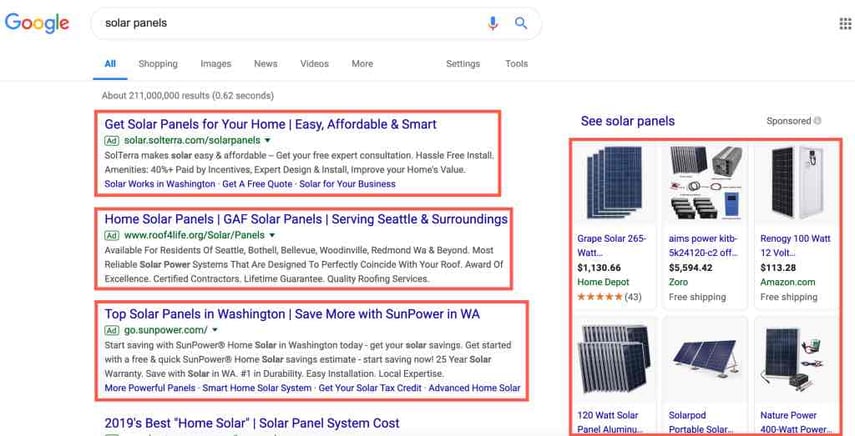
Influencer advertising
An influencer is a person whose views and opinions can influence a section of the potential buyers. Essentially, an influencer marketer can play a vital role in the crowded and highly-competitive digital marketplace through social media platforms like Instagram, Twitter, or YouTube.
There can be micro-influencers with around 10,000 followers and macro-influencers with above 250,000 followers. The middle-level influencers come in between. Most importantly, they have a brand identity and significant influence on Gen Z consumers.
Considering the fact that around 40 percent of global consumers are from the Gen Z category, this is a segment you cannot ignore.
One big advantage of influencer marketing is you can target the right group of potential buyers through them. Also, marketing through influencers can help in building brand exposure and generate brand awareness.
When an influencer shares your social media content, their followers take notice. This raises the chances of audience engagement. What’s more, your brand builds trust and credibility through the influencer.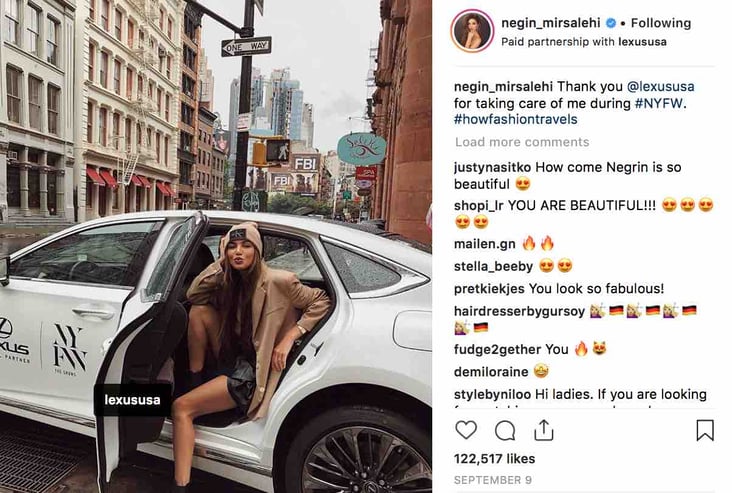
Social media advertising
Social media is one of the best virtual platforms for digitally promoting your brand. With more than half of the world’s population being active users of these platforms, it is also a great way to connect with them at all levels.
With a Facebook or Instagram page, you can reach out to people who have not heard about your brand. The right content will allow people to learn about your products and connect with your brand. Social selling can help you to generate leads and develop credibility. At the same time, it helps you to receive candid feedback about your products and services.
Also, it’s also one of the least expensive means of promotion. This allows you to reduce advertisement costs. By simply posting interesting content and connecting with the audience, you can promote your business. Other than that, you can also plan how-to guides and webinars to help people and gain trust.
The pandemic has made social media advertising more important for B2B marketers. However, you need to align your social media promotion strategy with the stages in the performance marketing funnel. With the right plan and tools, you will be ready to attract eyes and develop long-term customer connections.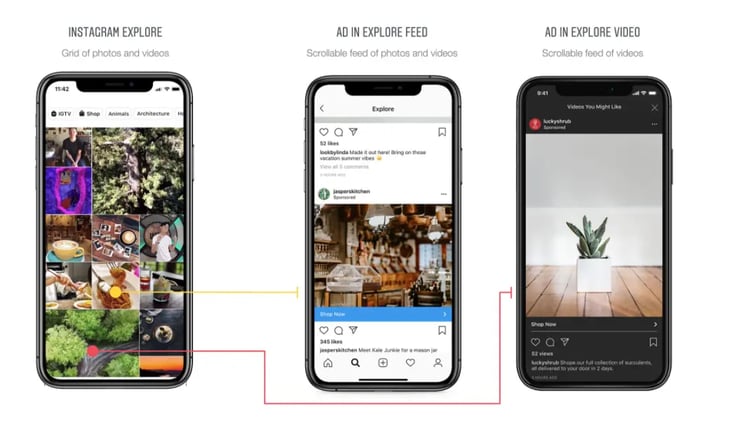
Podcast advertising
The fact is, the number of podcast listeners has grown in leaps and bounds in the past year. This makes it a great place for marketers to reach the well-informed and educated consumer across the sales funnel.
If you need more convincing, here is a fact. The number of global podcast listeners has risen by 42% since the pandemic.
One big advantage of podcasts is listeners can listen to them at their own convenience by streaming or downloading. That makes it easy for you to reach out to the target demographic by connecting your brand with topics that interest them. A credible podcast also helps in establishing your business as an authority of the subject.
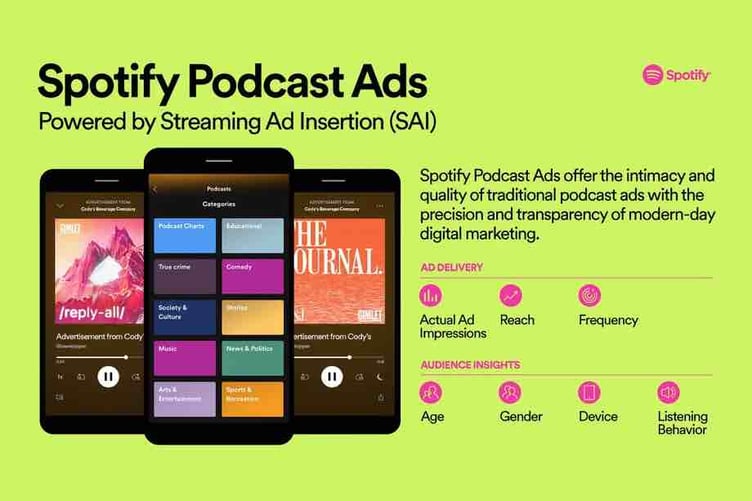
To start with you can partner with a reputed podcast producer with some original ideas. Otherwise, you can appear as a guest on a popular podcast with a customized pitch that focuses on your business values and products.
If you have some podcasting experience, you can also create your own podcasts as a business. The fact that they are easier to produce than video content makes it a more budget-friendly option. This also makes it a great option for small businesses.
Moreover, your presence in a podcast presents you as an individual and not a business. This generates authenticity and also helps you to connect with the listeners at a personal level. That plays an important role in getting them interested in your products and can also improve conversion rates.
Video Advertising
It goes without saying that video is the most popular form of content in the digital world. So, it is a vital tool for generating leads and converting the ones in the funnel. A short and sweet video ad is one of the best ways to attract an audience. Since they engage the viewers audio-visually, videos are very effective for sharing the story of your brand.
Another important feature of video ads is they are shared widely by viewers who like them. That provides you additional traction on social media channels. That not only improves customer engagement but also drives brand awareness. Video ads also have a higher level of engagement and raise purchase intent.
Besides, video ads can be shared on multiple channels like computers, TV, and smartphones. As the number of mobile users with a short attention span rises, a video ad of a few seconds can make the right impact. By promoting videos on social media, you can also measure their success rate through analytics.
Moreover, search engines love displaying video content. No wonder video content is ranked at the top of any results page.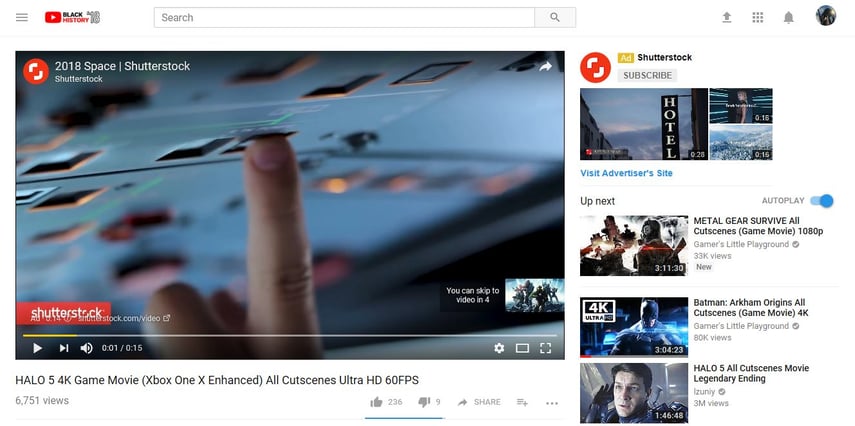
Display Advertising Networks
Display ads can be visual or text-based and they are used on social media platforms or websites. They are very effective in targeting the customers in the awareness stage of the paid media marketing funnel.
These can be in the form of banner ads on a website, pop-up ads, or interactive ads in the form of a poll. Video ads can also be used as display advertisements. Display ads have an excellent reach and are very effective in raising brand awareness.
One of the most popular channels for display ads is Google AdSense. Through it you can manage your ads on various sites without the need for any technical knowledge. It also helps to direct the customers to your site through the ad.
The Facebook Audience Network is another popular channel for display advertising. It allows you to make the best use of Facebook’s cache of consumer data and target specific customers. The system is intuitive and super easy to use.
There are other platforms like Taboola, Yahoo Network, and Apple Advertising that you can use. What makes display advertising popular is the low cost. You also get flexibility for payment options and excellent tracking features that offer in-depth insight into your campaign.
Amazon Advertising
Running ad campaigns on the Amazon marketplace is a great way for a brand to highlight its products. There are multiple forms of campaigns that allow you to promote a single product or a range of products. These include Sponsored Products, Sponsored Brands, and Sponsored Display models. In each case, a cost-per-click (CPC) mode is used.
With more than 16 million products listed on Amazon, the battle for generating traffic is getting tougher with each day. An advertising campaign allows your products to appear on the first few pages of a search campaign and beat your competitors.
In addition, you can also choose Headline search ads that appear in the form of a banner at the top of the search results page. This delivers better product visibility and higher chances of turning those clicks into actual sales.
Basically, Amazon allows advertisers to place bids for their ads through an auction-based system. The bid is the maximum amount you are willing to pay for each click on the ad. You can target products, keywords, or ASIN while bidding.
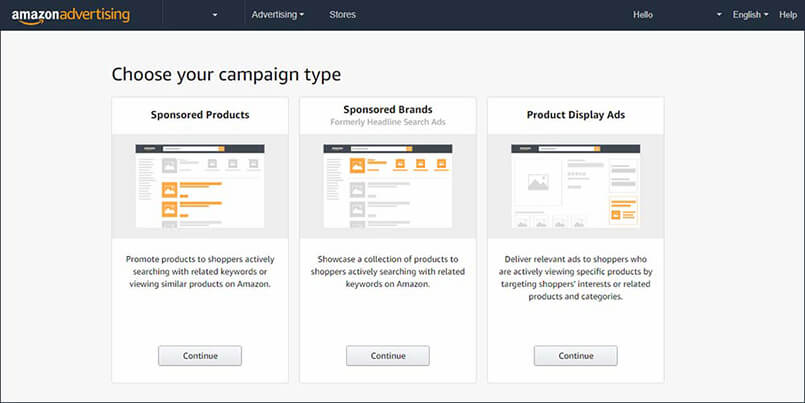
Benefits of the Paid Media Advertising Funnel
Firstly, a full-funnel approach allows you to map and measure every stage of the customer’s journey and point out any drawbacks in your marketing strategy. This helps in the upper stages of the funnel where your goal is to improve brand visibility and attract new customers.
Through this method, you can estimate the actual purchasing intent in the consideration stage. You can focus on KPIs like click-through rate, bounce rate, engagement rates, and others to check the effectiveness of your sales strategy.
Lastly, once the conversion happens, it also helps in building a long-lasting relation with the customers. In the end, it assists you to develop a loyal brand following.
Using the paid media funnel allows you to follow a proven framework and eliminate any scattergun approach in your marketing policy. It helps you to avoid unnecessary investments and focuses on a result-driven marketing strategy.
To sum up, a well-planned paid media funnel method of advertising helps to morph your marketing policy into a purposeful one.
In the digital domain, it is necessary to guide and nurture potential customers at every stage of their journey. A full-funnel strategy helps you to understand how the customer feels during the awareness, consideration, and conversion phases and tell them exactly what they want to hear. By offering precise solutions to their problems, you can beat your competitors in every stage.


